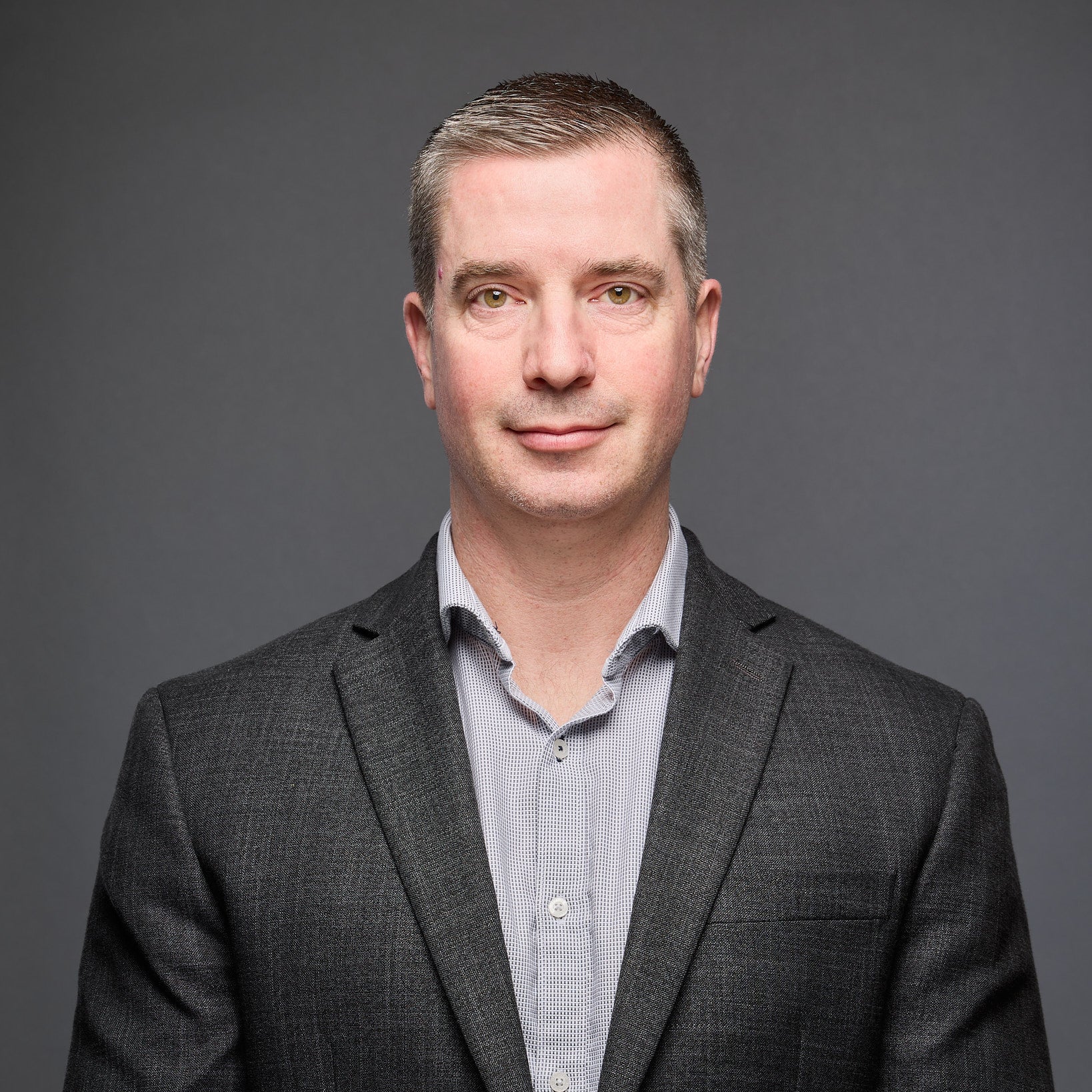Our regulatory subject matter experts help a range of stakeholders solve compelling regulatory challenges associated with supply chain data management. We compile these insights to help educate compliance professionals through content, webinars and events. They also provide advice to Assent clients. Here are the top five questions our Regulatory team has responded to over the past month.
Question: Tungsten inert gas (TIG) welding uses tungsten electrodes to join sheets of metal together. For the purposes of responsible mineral reporting, does this mean that tungsten is associated with the final product of a TIG weld?
Answer – Jared Connors: No, assuming the final product does not otherwise contain tungsten, TIG welds would not mean a finished product contains tungsten. For the purposes of responsible minerals reporting, a metal is generally considered to be present if testing the final product would reveal its presence at non-trace levels.
If the metal was used in production in a way that leaves only trace amounts in the final product, and that metal doesn’t contribute to the form, fit or function of the final product, then the product does not contain that metal.
Download our eBook, The Conflict Minerals Handbook: Your Guide to Compliance in 2020, to learn more about responsible minerals reporting.
Question: What are the translation requirements for product labels under the European Union (EU) Medical Device Regulation (MDR)? Do labels need to be translated into the languages of EU member states where products are marketed?
Answer – James Calder: MedTech Europe, the European trade association for the medical technology industry, has published a guidance document on symbol usage for medical device labels. Using symbols rather than multiple translations on medical device labels should make labels more easily understood, and may also help save space on labeling. This guidance also provides context on which information should be included as a symbol on the label.
Question: My company produces 100 percent polymer products. Is it possible that these products could contain tin, tungsten, tantalum and/or gold (3TG) metals?
Answer – Jared Connors: Yes, it is possible, particularly in the case of tin. Checking specification sheets or materials data can help determine if any of these products contain 3TGs. Surveying suppliers is another option if existing documentation is not enough to rule out the presence of these metals.
Question: If a company does not manufacture any products that exceed the Substances of Very High Concern (SVHC) concentration threshold, is that company required to submit data to the Substances of Concern In articles, as such or in complex objects (Products) (SCIP) database?
Answer – Raj Takhar: If it can be confirmed that none of the component articles in their products have any SVHC content over the 0.1 percent weight-by-weight threshold, then there is no need to submit information to the SCIP database. When making this type of determination, it’s important to understand that the EU Waste Framework Directive (WFD) SCIP reporting threshold is at the lowest-level article, not the finished product itself.
Question: My company manufactures cables rated for use over 1,000 volts, and a company we supply to recently requested EU Restriction of Hazardous Substances (RoHS) compliance information. Is my company in scope of RoHS?
Answer – Valerie Kuntz: No, your company is out of scope of the EU RoHS directive. Under the EU RoHS directive, electrical and electronic equipment (EEE) is defined as “equipment which is dependent on electric currents or electromagnetic fields in order to work properly and equipment for the generation, transfer and measurement of such currents and fields designed for use with a voltage rating not exceeding 1,000 volts for alternating current and 1,500 volts for direct current.”
Furthermore, the directive defines “cables” as “all cables with a rated voltage of less than 250 volts that serve as a connection or an extension to connect EEE to the electrical outlet or to connect two or more EEE to each other.” The reasoning behind this exclusion is that high voltage equipment may legitimately need to use RoHS-restricted substances at higher levels. However, it should be noted that there is no such exclusion under the EU Registration, Evaluation, Authorisation and Restriction of Chemicals (REACH) Regulation.
For more questions and answers, visit the last edition of Assent’s Ask the Experts blog.
Assent’s regulatory subject matter experts frequently participate in events such as webinars to educate compliance professionals. They also inform our clients’ regulatory programs. To learn more, contact us today.









